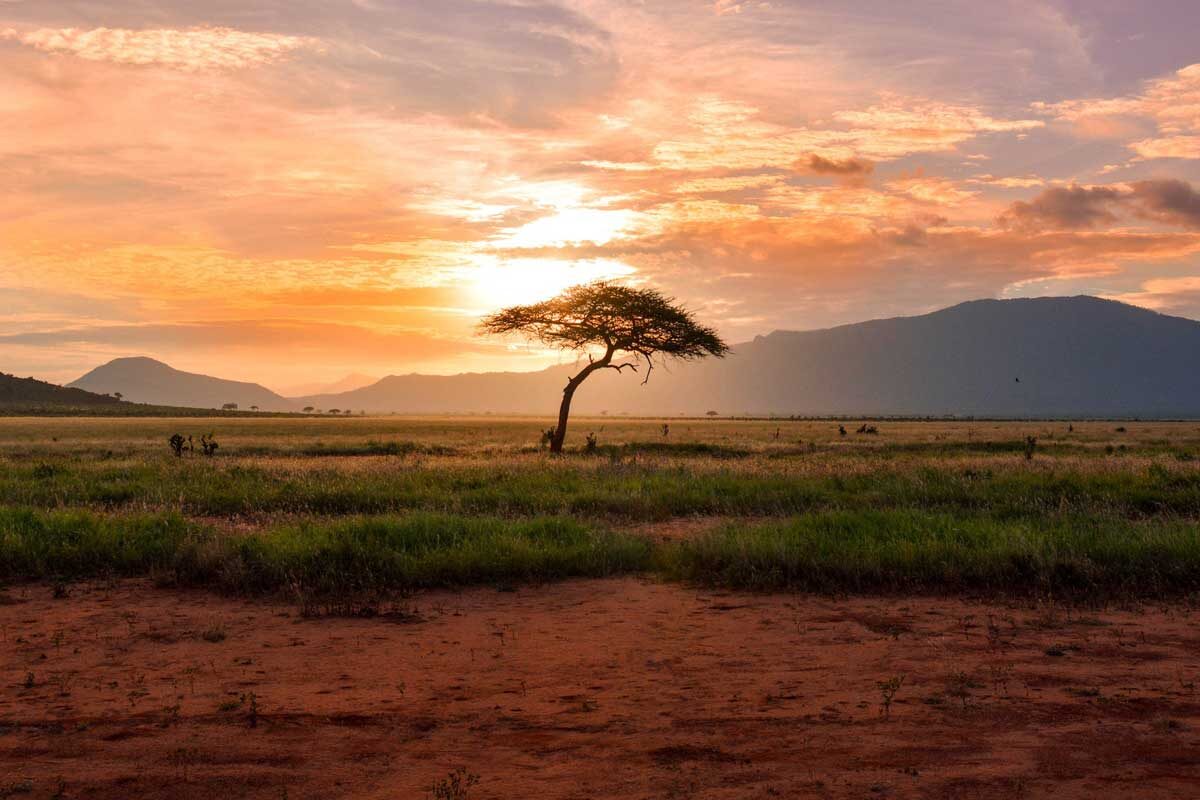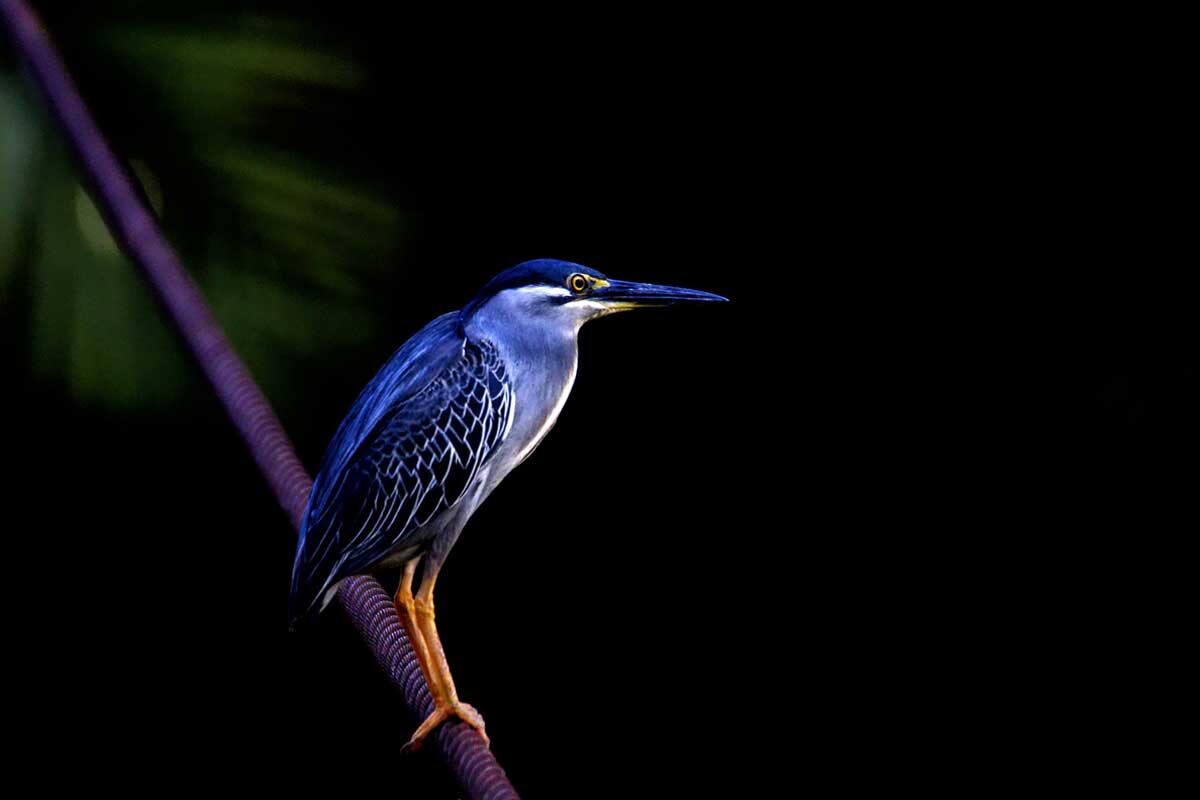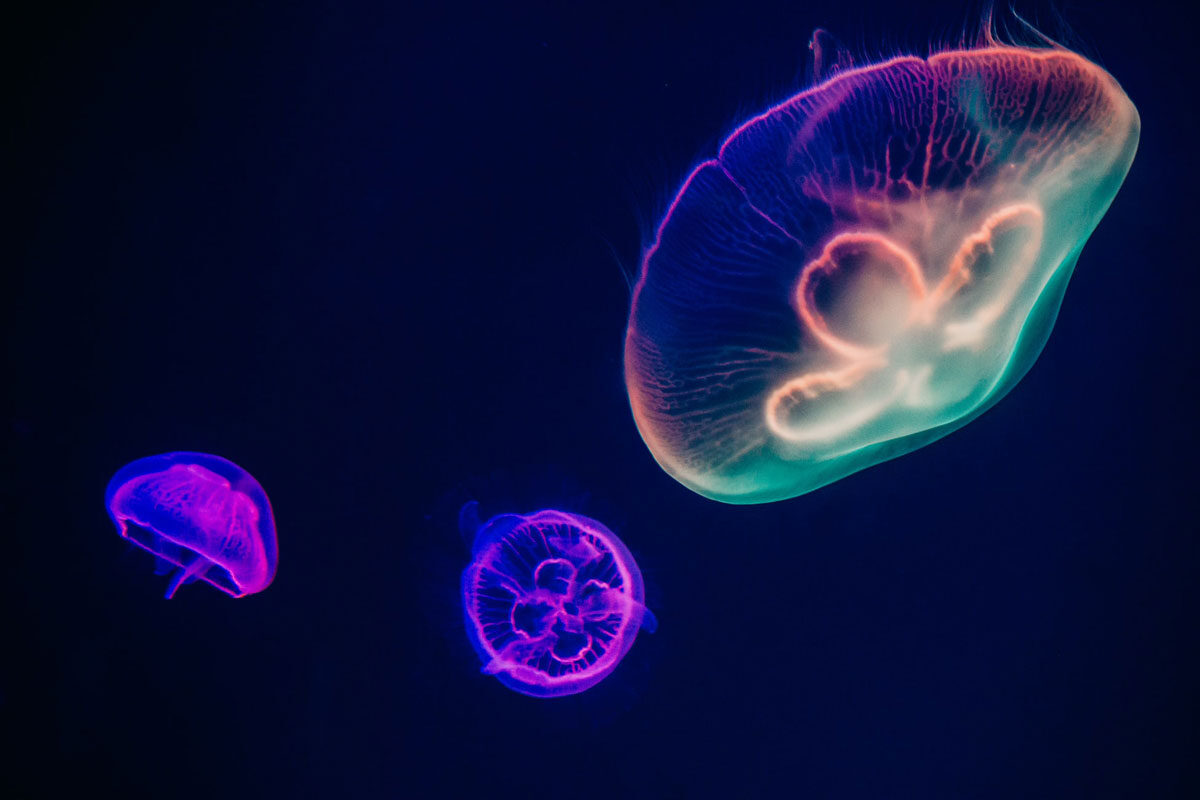The Great Rift Valley is a lowland region, or depression, that stretches from the Middle East all the way down to Mozambique in Africa. In Kenya, this topographical scar is characterised by a series of lakes and volcanoes from Lake Turkana in the north, to the Mara and Arusha regions of Northern Tanzania to the south.
Lake Nakuru is one of Kenya’s such lakes. Being extremely shallow throughout, in addition to poor drainage, has caused the lake to be very alkaline. Lesser and Greater flamingos congregate in these waters, that as a consequence of the unique conditions are rich in blue-green algae, which feed invertebrate larvae and crustaceans that the flamingos in turn feed on. The number of these elegant birds can reach over a million at certain times (one of the largest colonies in the world), which as you can imagine creates an absolutely majestic spectacle.
The Great Rift Lakes have an impressive diversity of other birdlife also, with common sightings including: Little grebe, white-winged black tern, black-winged stilt, pelican, cormorant, avocet and many wildfowl species. Black and white rhinoceros thrive in many of the parks, along with zebra, buffalo and Rothschild’s giraffe. Some lion in the area are well documented to have exceptional tree-climbing abilities.








